Two species of amphibians considered "lost to science" were just rediscovered in the Philippines, about half a century after either were last seen.
The species are the Palawan toadlet, which had only been seen once in the past 40 years, and the Malatgan River caecilian, a limbless amphibian (seen in the video above) that hadn't been collected in more than 50 years. Both were found on the Philippine island province of Palawan during an ongoing biodiversity survey conducted by the Palawan Council for Sustainable Development, Global Wildlife Conservation (GWC), the Amphibian Survival Alliance (ASA) and Rainforest Trust, the groups reported Tuesday.
"It’s a big day for the study of amphibians in the Philippines," Rafe Brown, an evolutionary biologist on the expedition team, told The Huffington Post in an email.
Brown said Kester Yu, a student on the expedition, found the Malatgan River caecilia and jokingly announced it was just a worm when he handed it to him.
"That was quite a moment for me," Brown said of the first time he held the specimen. "Bucket list!"
Robin Moore, a conservation officer for GWC and the ASA, said he was shocked to find the other amphibian.
“I never imagined that the Palawan toadlet would be found again within the area we were working to protect,” he said in a press release. “Finding lost species is always exciting, but to rediscover two lost species in forest that we are working to have protected is just incredible, and validates the need for projects such as this to prevent the extinction of such elusive species.”
National Geographic noted that Palawan is home to some of the last Philippine forests undeveloped by the mining and agriculture industries. Its Palawan Game Refuge and Bird Sanctuary was named "the fourth-most irreplaceable protected area in the world when it comes to protecting biodiversity and species found nowhere else" in a 2013 study in the journal Science.
Related
Before You Go
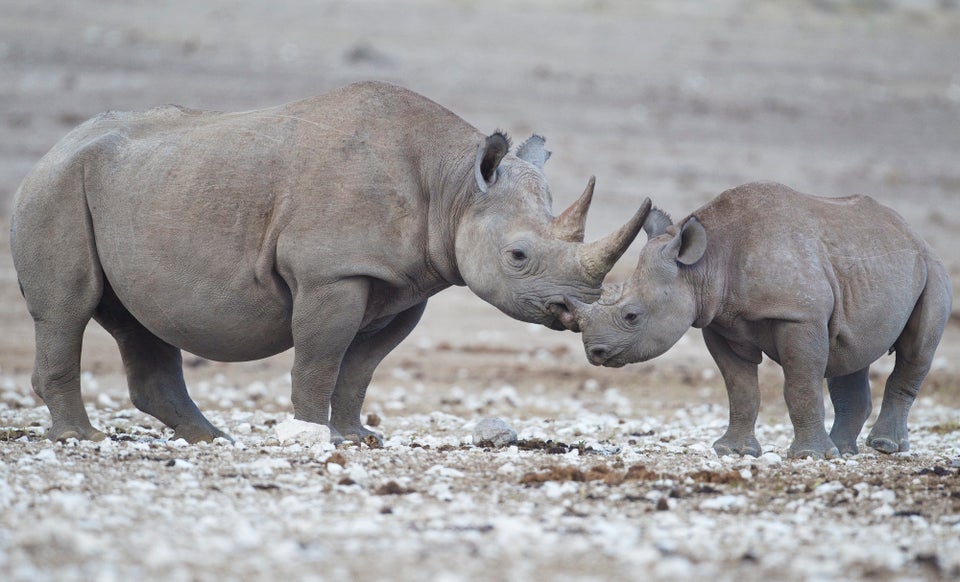
The subspecies last existed in Cameroon, but an extensive survey in 2006 did not find any signs of living West African black rhinos. According to the IUCN, "it is highly probable that this subspecies is now extinct" thanks to increased poaching and demand for rhino horn.

Once found throughout the French, Spanish and Andorran Pyrenees, the population was severely thinned by hunting.
In 2009, scientists were able to clone a female Pyrenean ibex using DNA from preserved skin samples. Due to lung defects, the ibex died shortly after birth, according to The Telegraph.
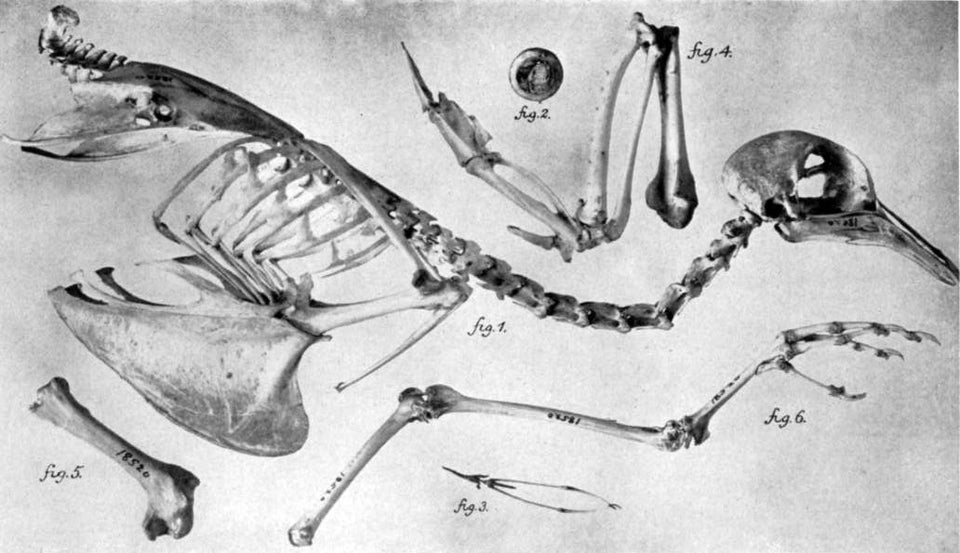
The birds' traditional habitats were the large forests of eastern North America. As settlers cleared the forests for farmland, the pigeons turned to the new fields for subsistence.
"The large flocks of passenger pigeons often caused serious damage to the crops, and the farmers retaliated by shooting the birds and using them as a source of meat," explains the Smithsonian.
The 19th century brought widespread hunting and trapping of the birds, which severely diminished their populations. The last passenger pigeon, named "Martha," died at age 29 at the Cincinnati Zoo in 1914.
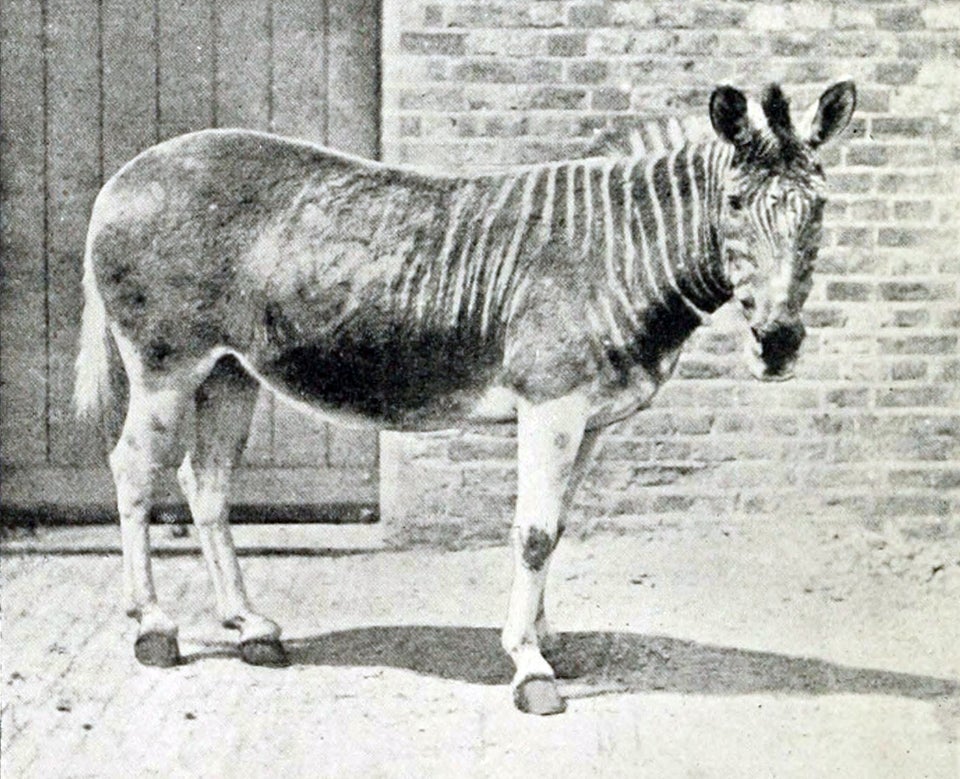
The last known Quagga died at the Amsterdam Zoo in 1883.
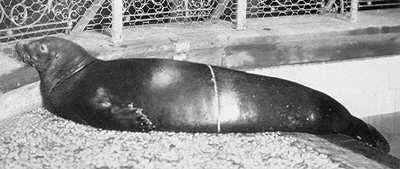
"Humans left the Caribbean monk seal population unsustainable after overhunting them in the wild," a NOAA biologist said in 2008, according to Science Daily. "Unfortunately, this lead to their demise and labels the species as the only seal to go extinct from human causes."

(Image: New York State Museum)
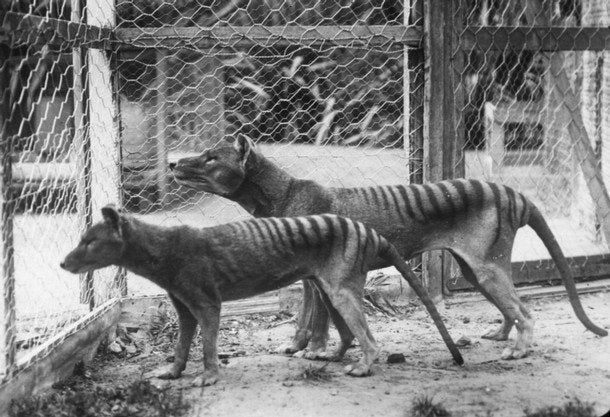
They once existed across the Australian continent, but their habitat had been reduced to the island of Tasmania by the time European settlers arrived.
According the National Museum of Australia:
Thylacines were believed to kill livestock and were often shot and trapped. They were a convenient scapegoat for poor financial returns and high stock losses at a time of rural depression in Tasmania.
Thylacines were declared a protected species in 1936, the same year the last known specimen died. Unconfirmed sightings of Tasmanian tigers continue to this day.
Using preserved specimens, a team at Pennsylvania State University has successfully sequenced the animal's mitochondrial DNA.

Human development around the Tecopa Hot Springs in the mid-20th century and the channelling of two springs together left the habitat unsuitable for the small fish.
The Tecopa pupfish became extinct by 1970 or soon after.

Although the tiger was last seen in 1976, the head of East Java's Meru Betiri National Park announced in 2011 that he was "optimistic" that Javan tigers were still alive, according to the Jakarta Globe. Camera traps were set up in hopes of confirming any tiger sightings.

They were slaughtered in huge numbers until the late 18th century, according to the British Natural History Museum. Although hunting declined, the rare birds became a prized specimen for collectors and they were driven to extinction by the mid-1850s.
In this photo, Dan Gordon, Keeper of Biology at Tyne and Wear Archives and Museums, holds a stuffed juvenile Great Auk at the Discovery Museum in Newcastle.

The animals were hunted to extinction and the last known Bubal hartebeest was killed in Algeria sometime between 1945 and 1954, according to the International Union for Conservation of Nature.
